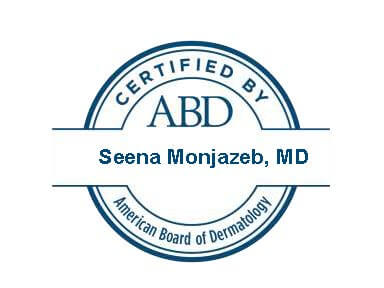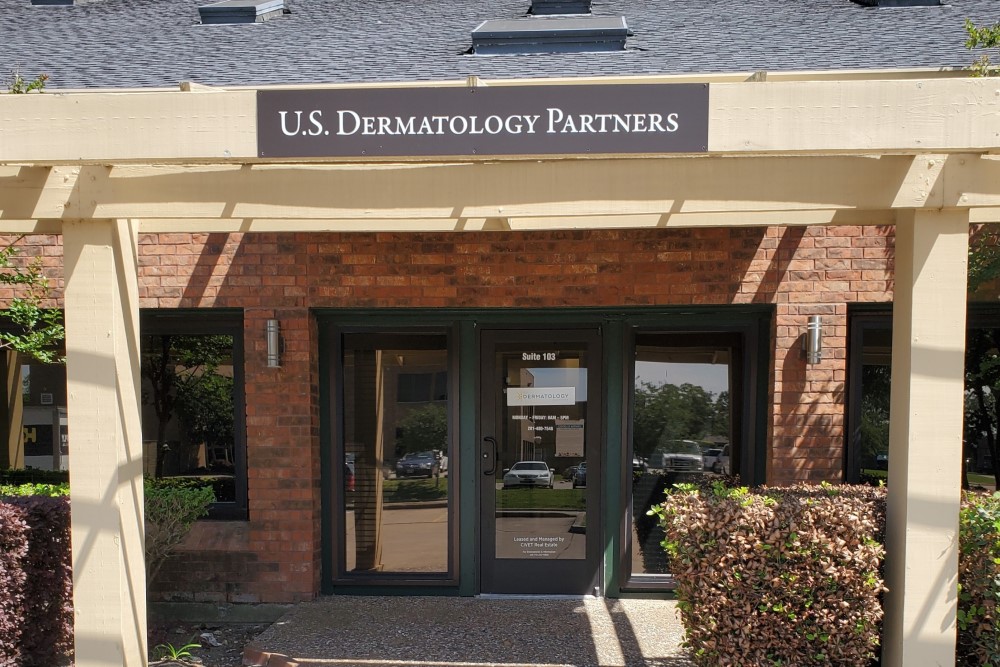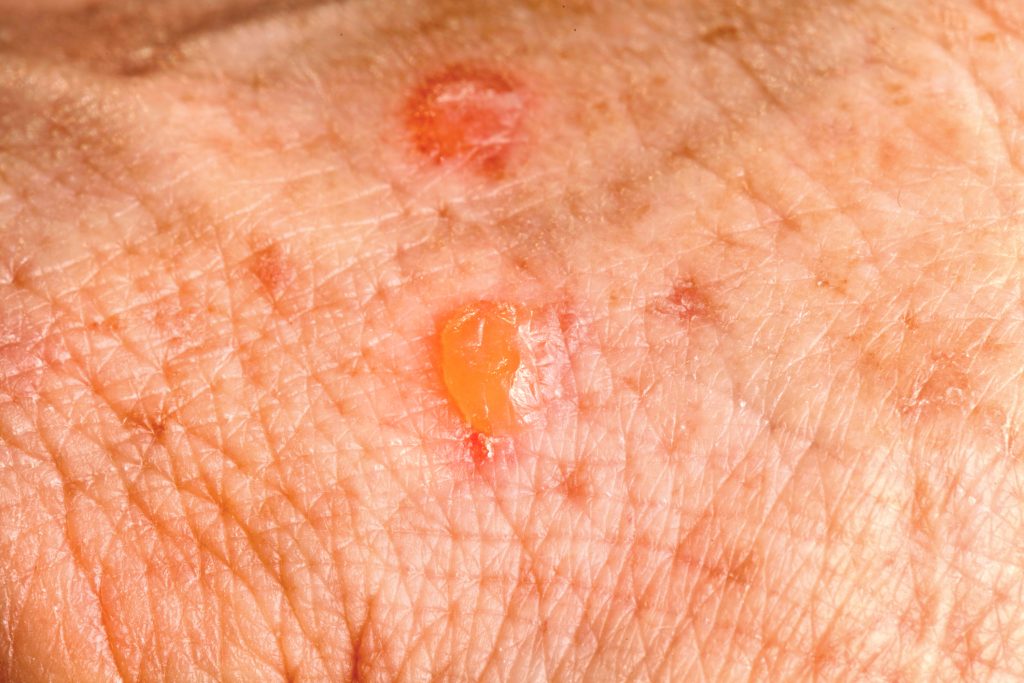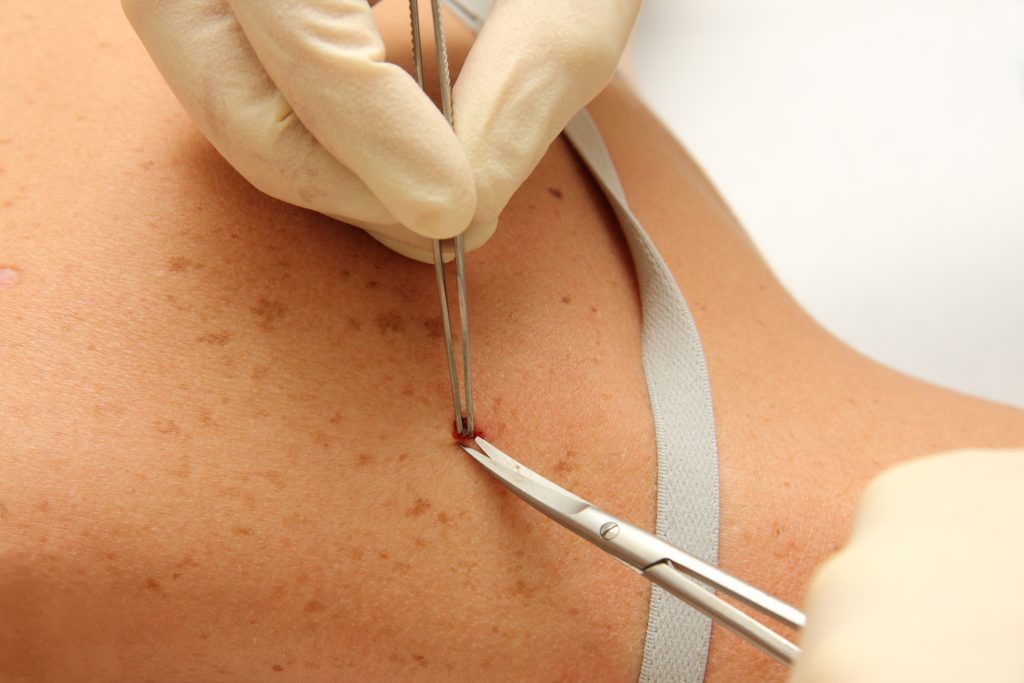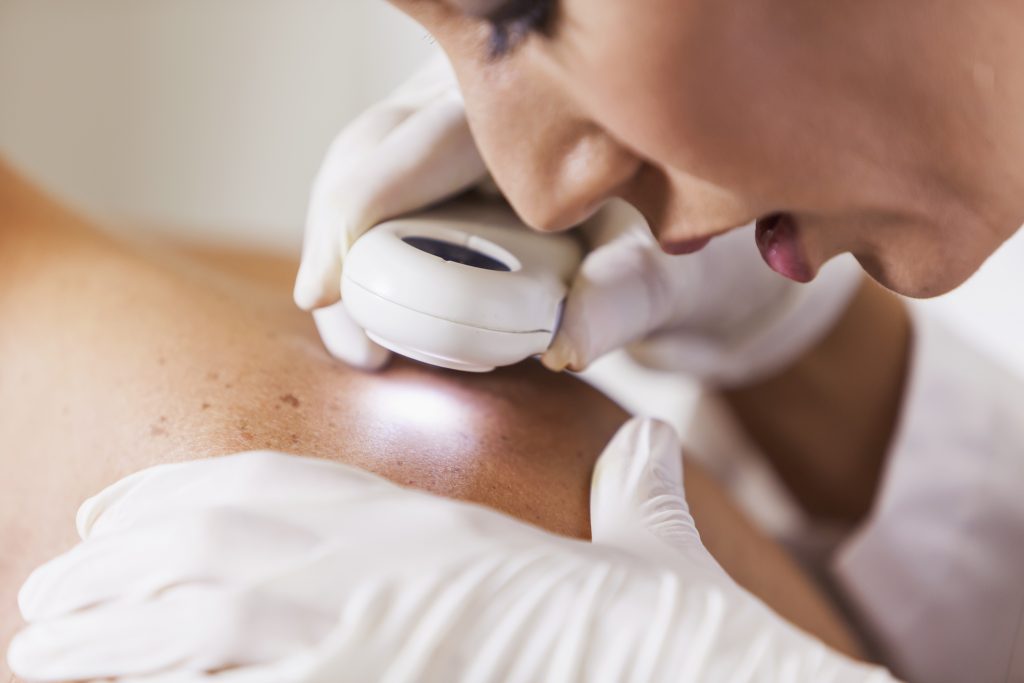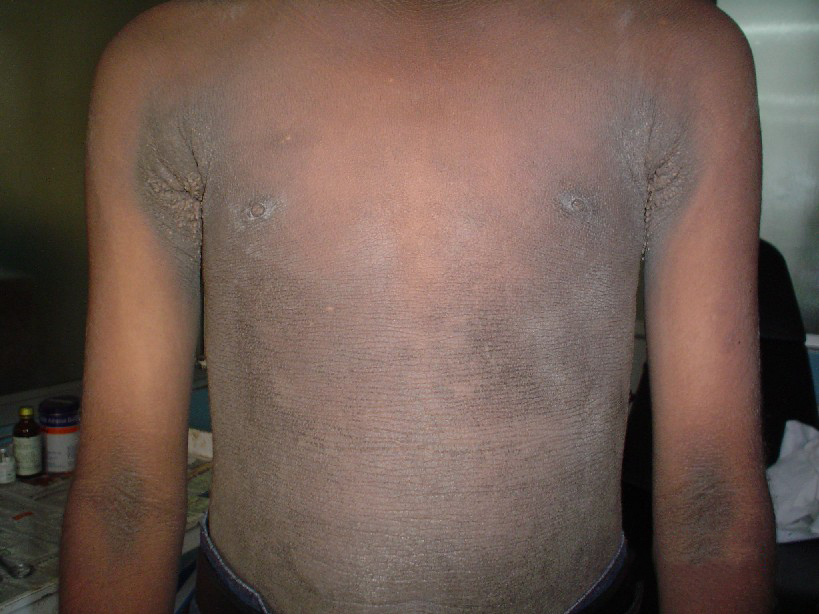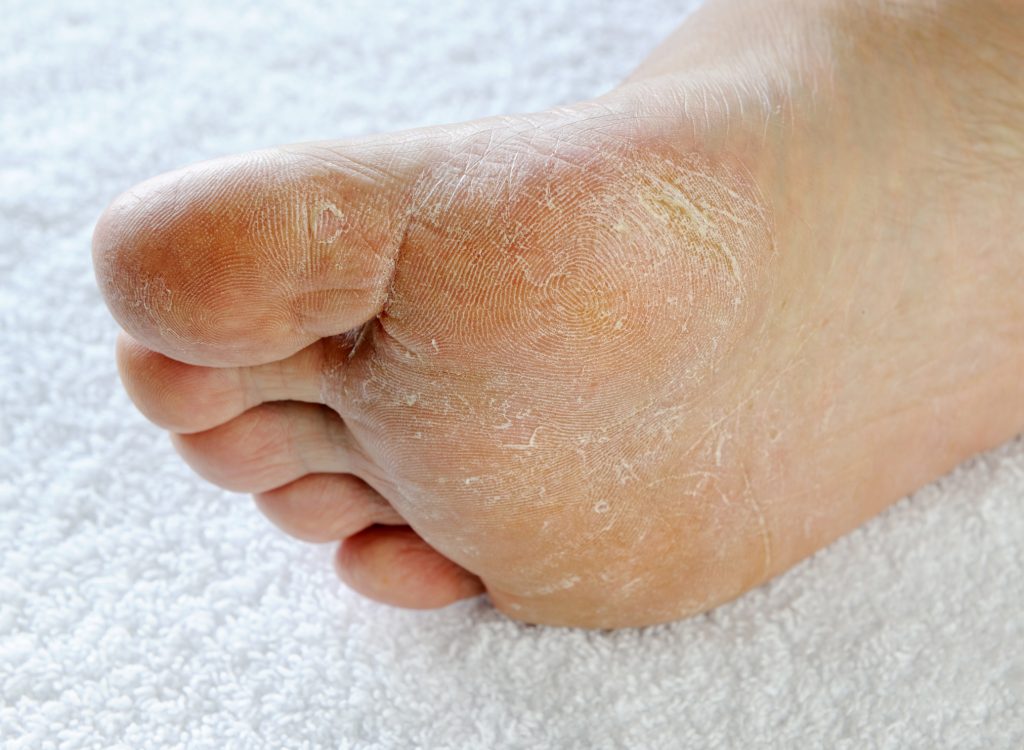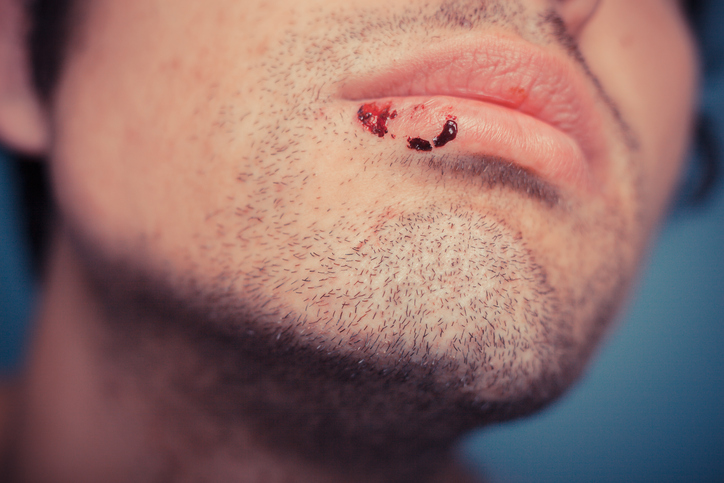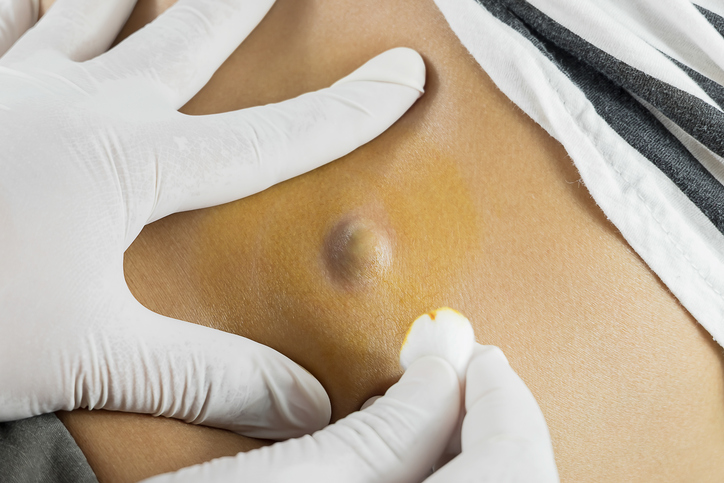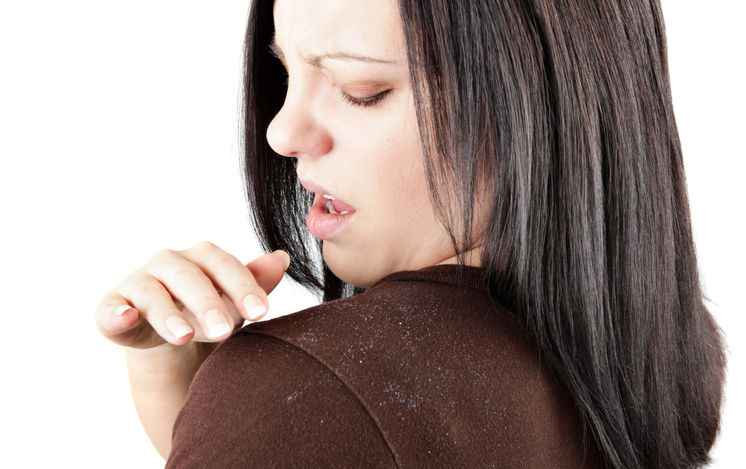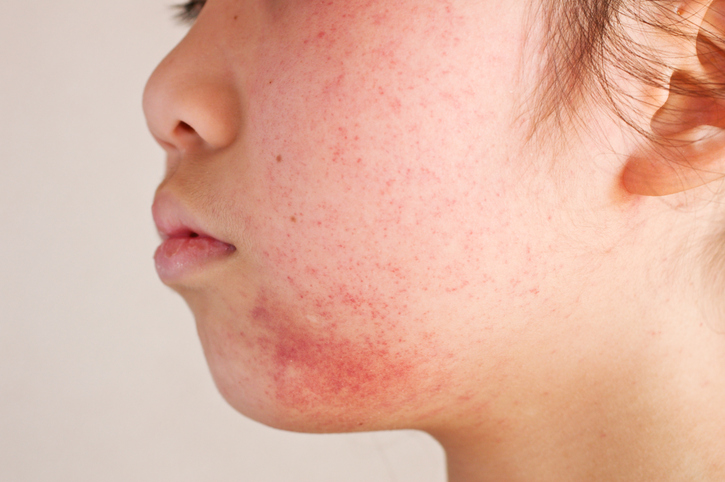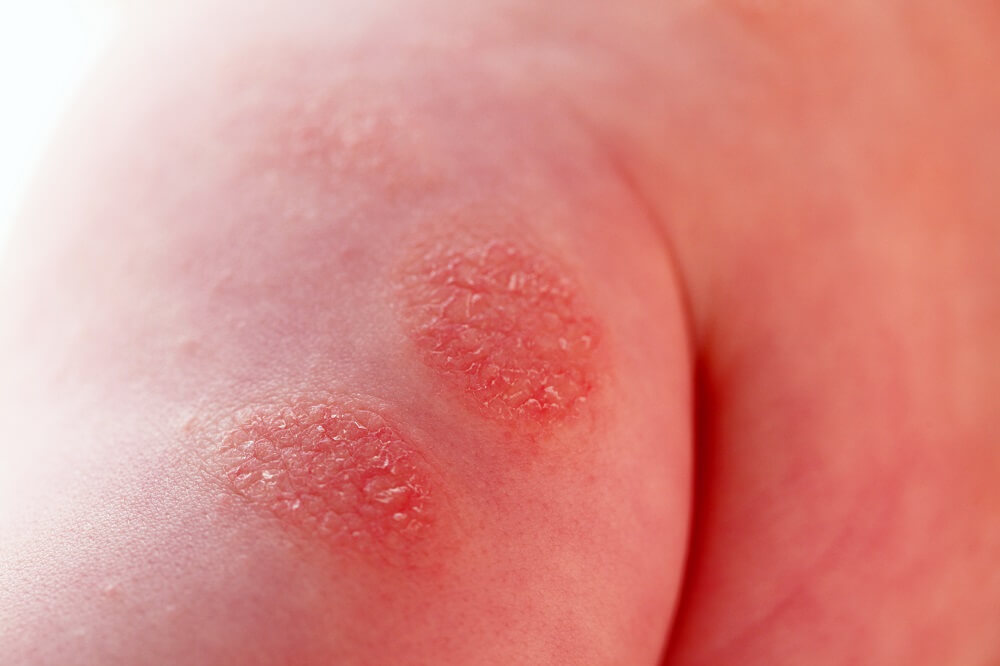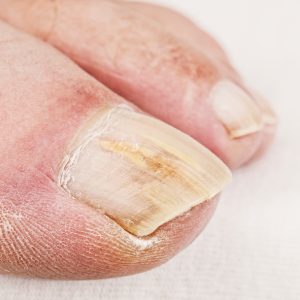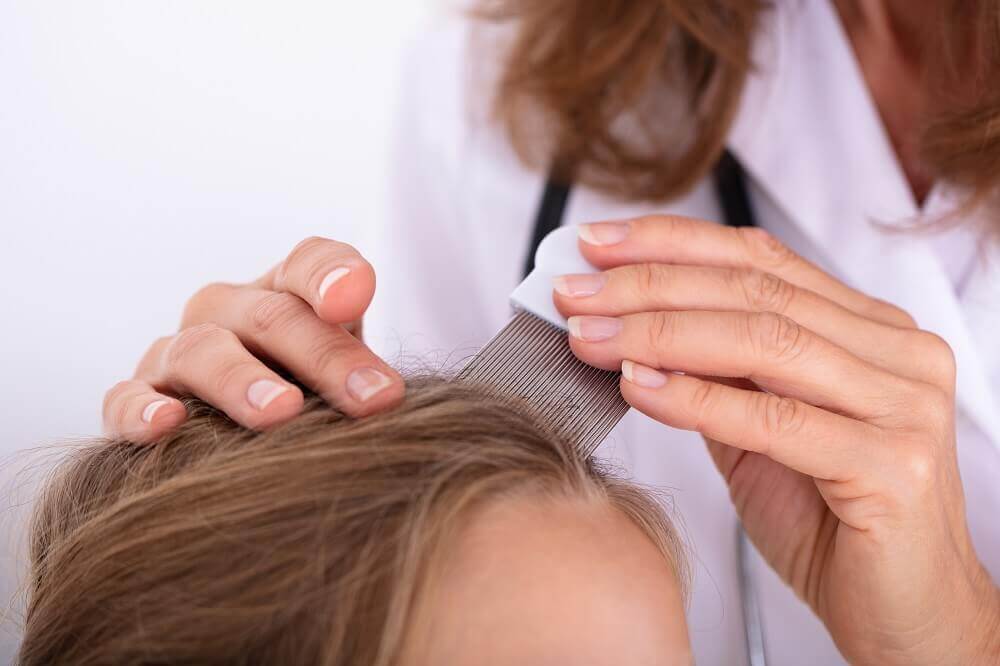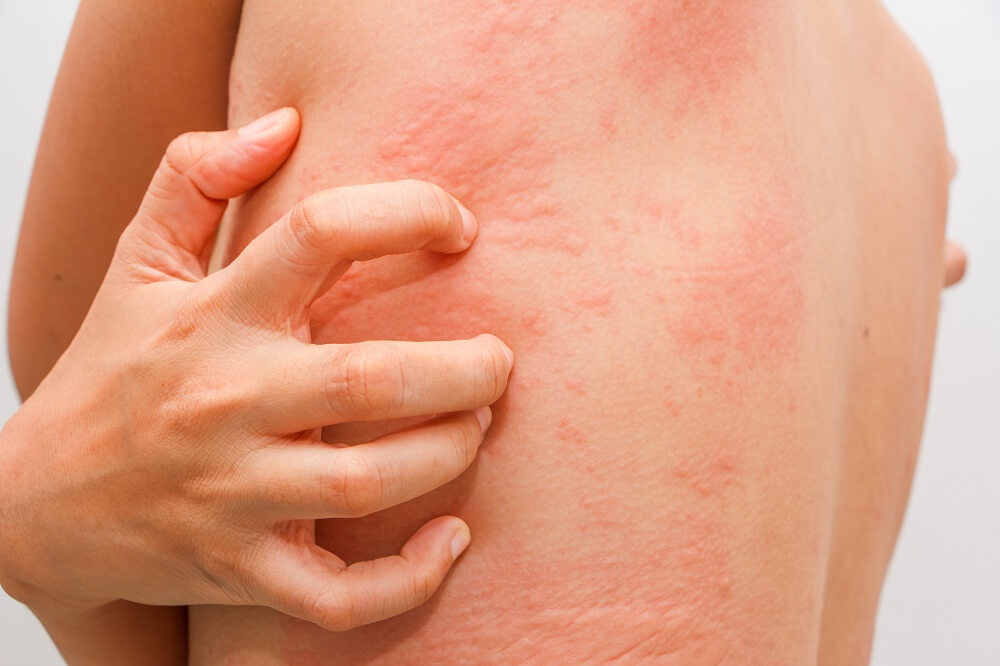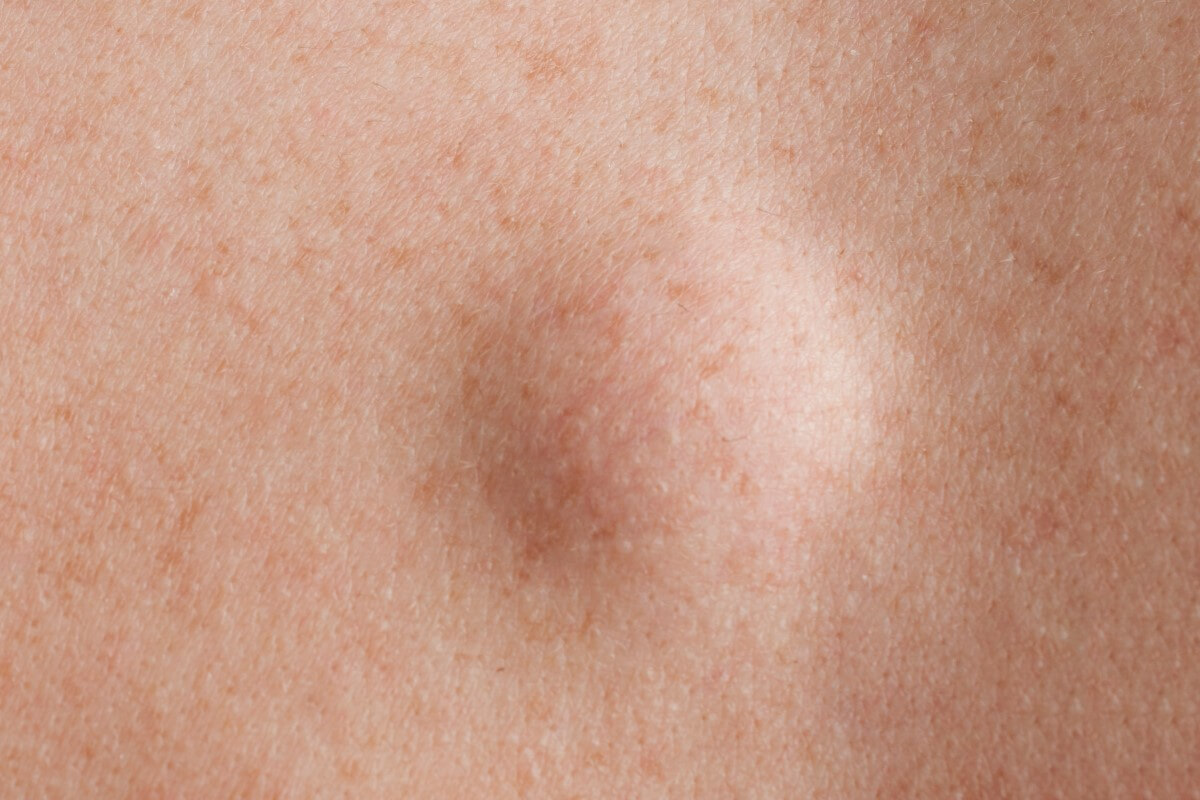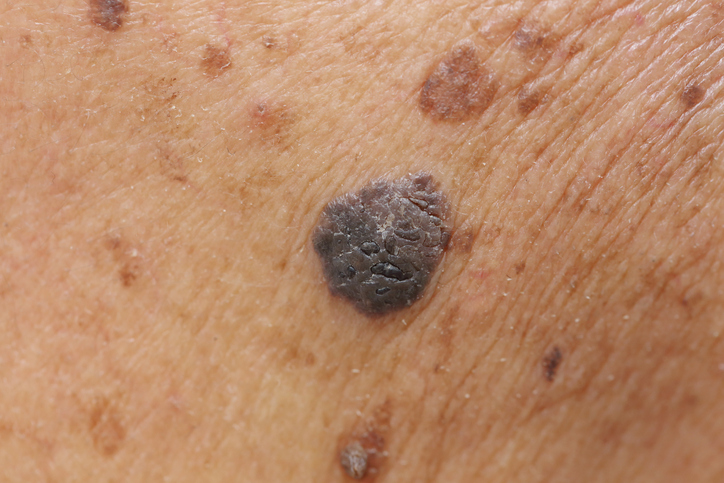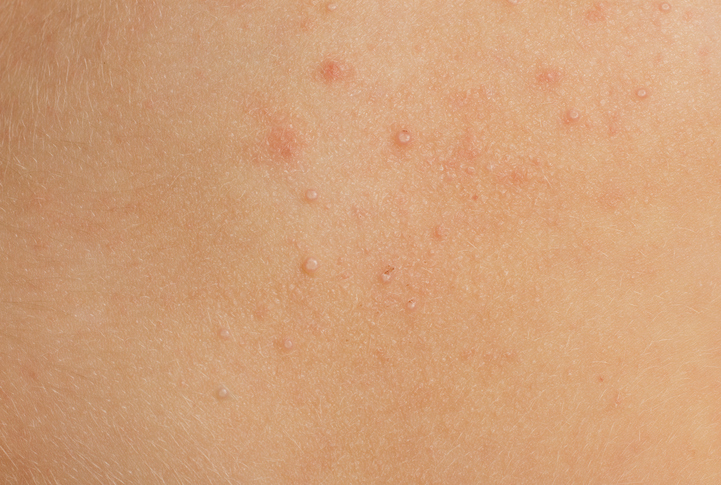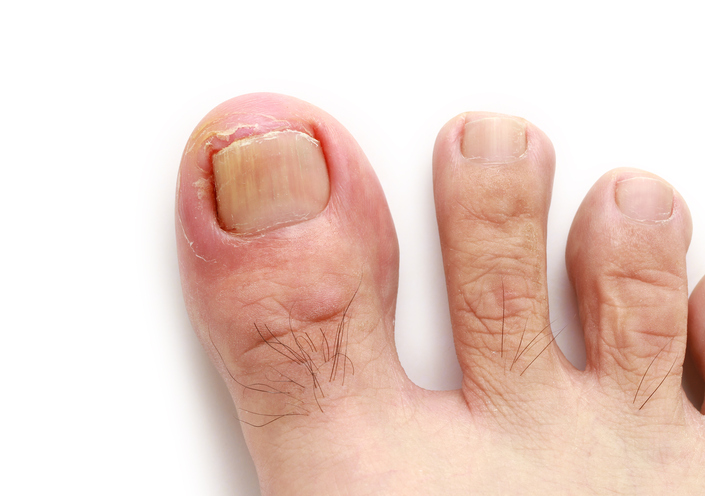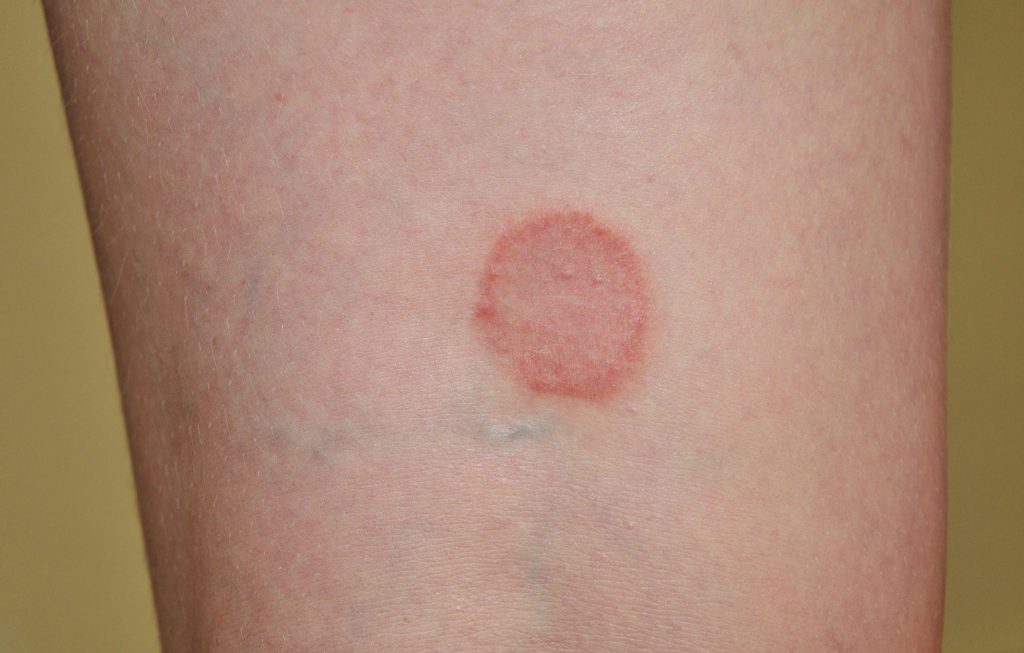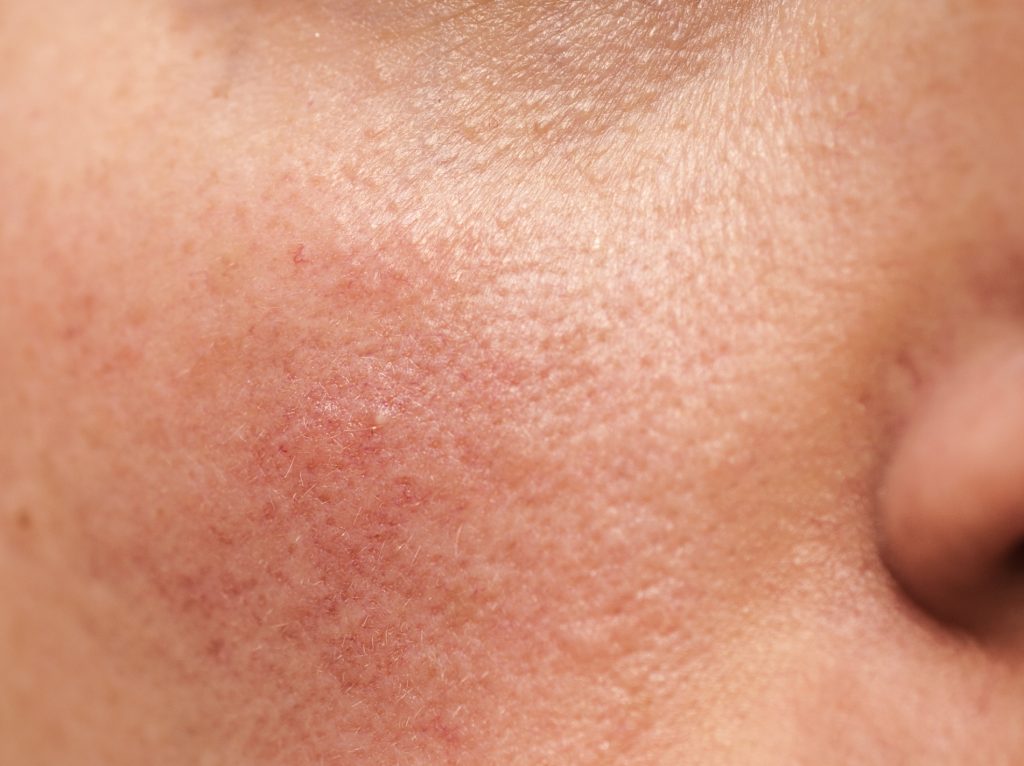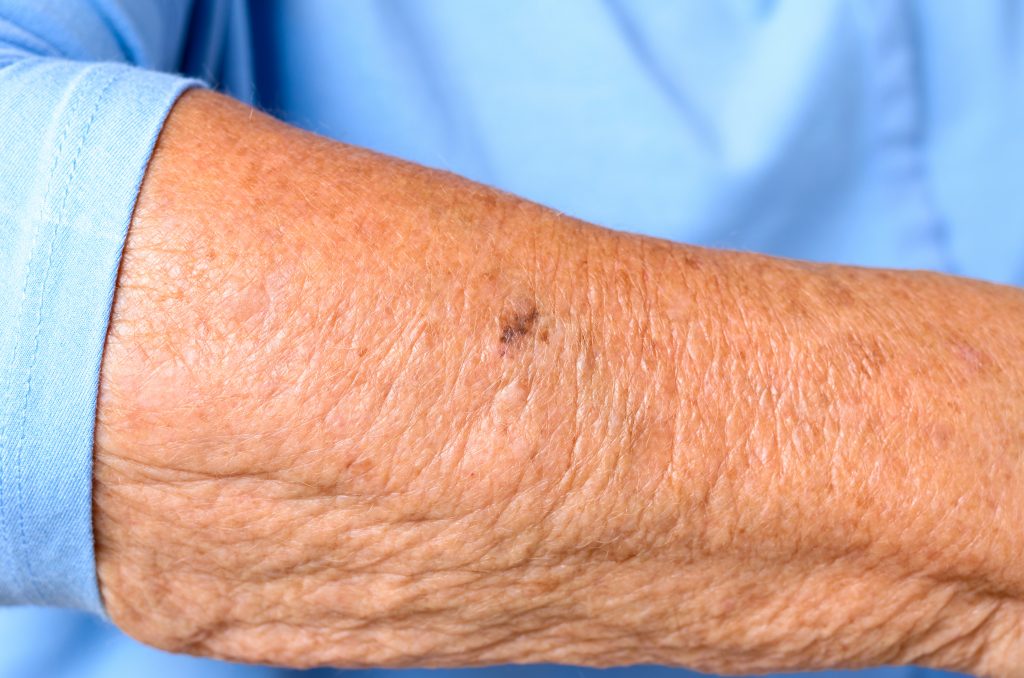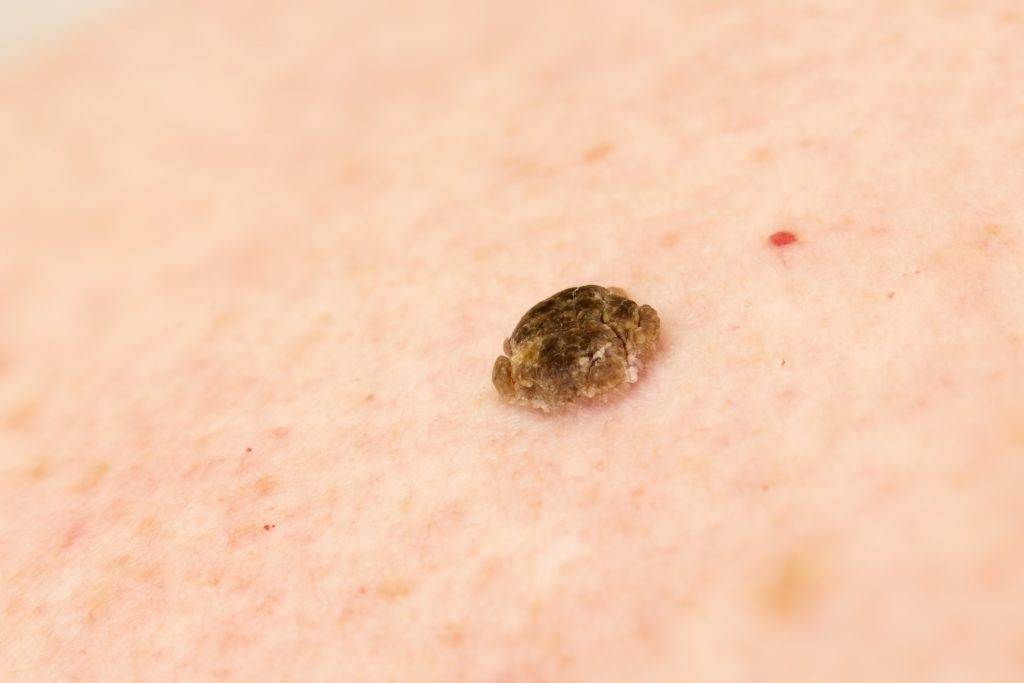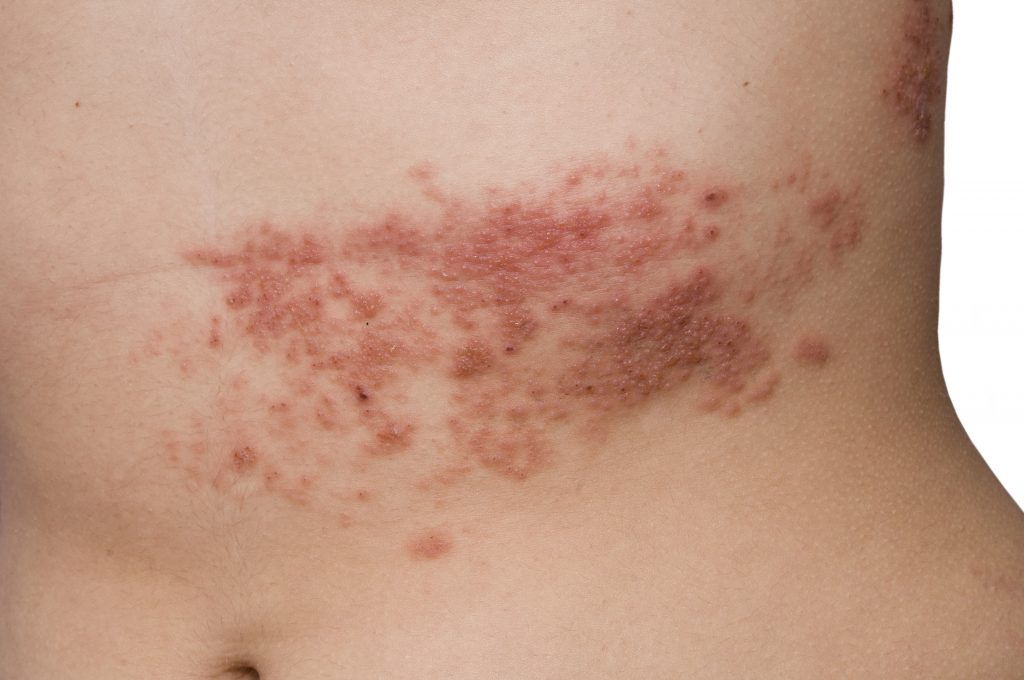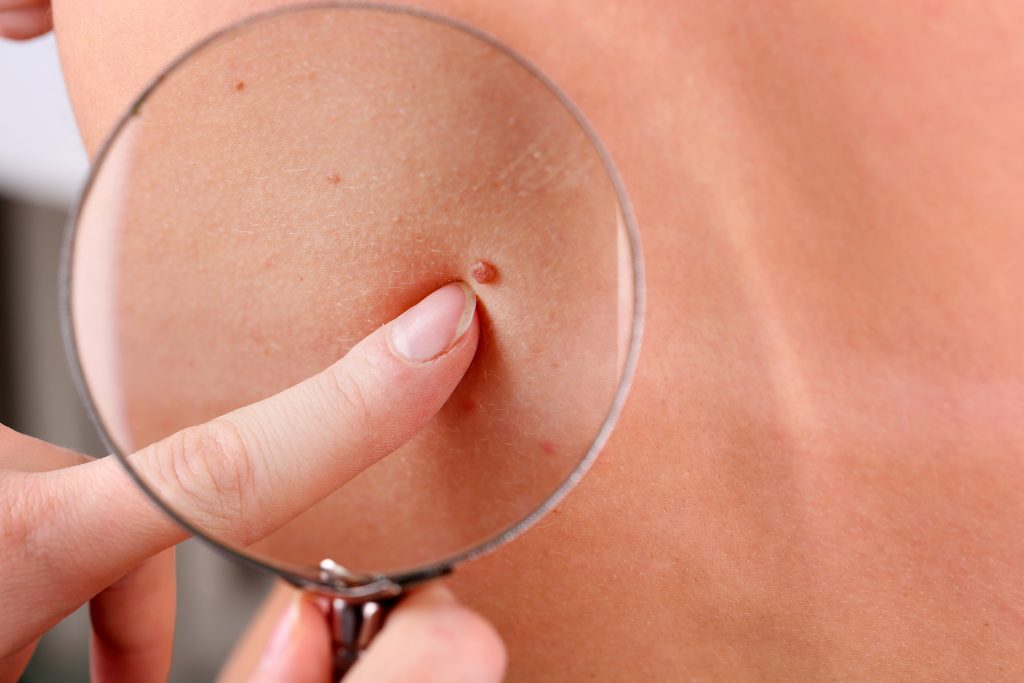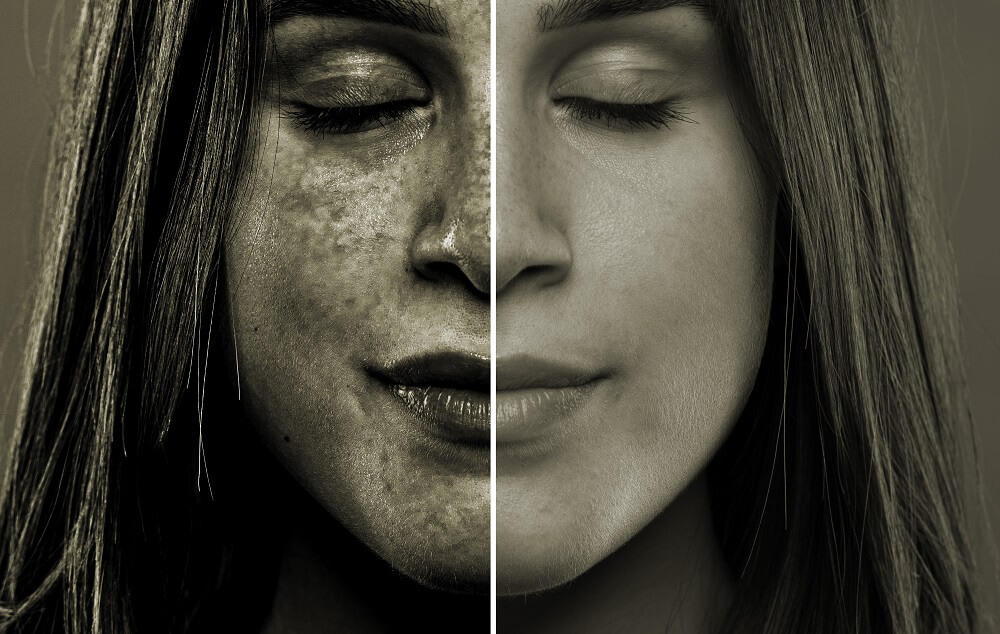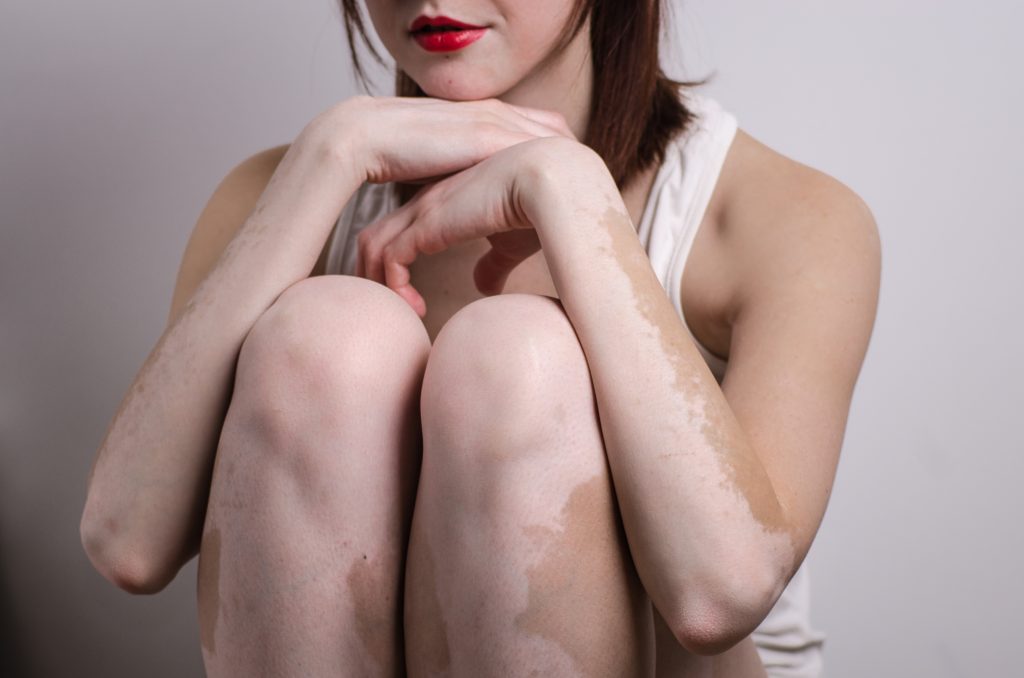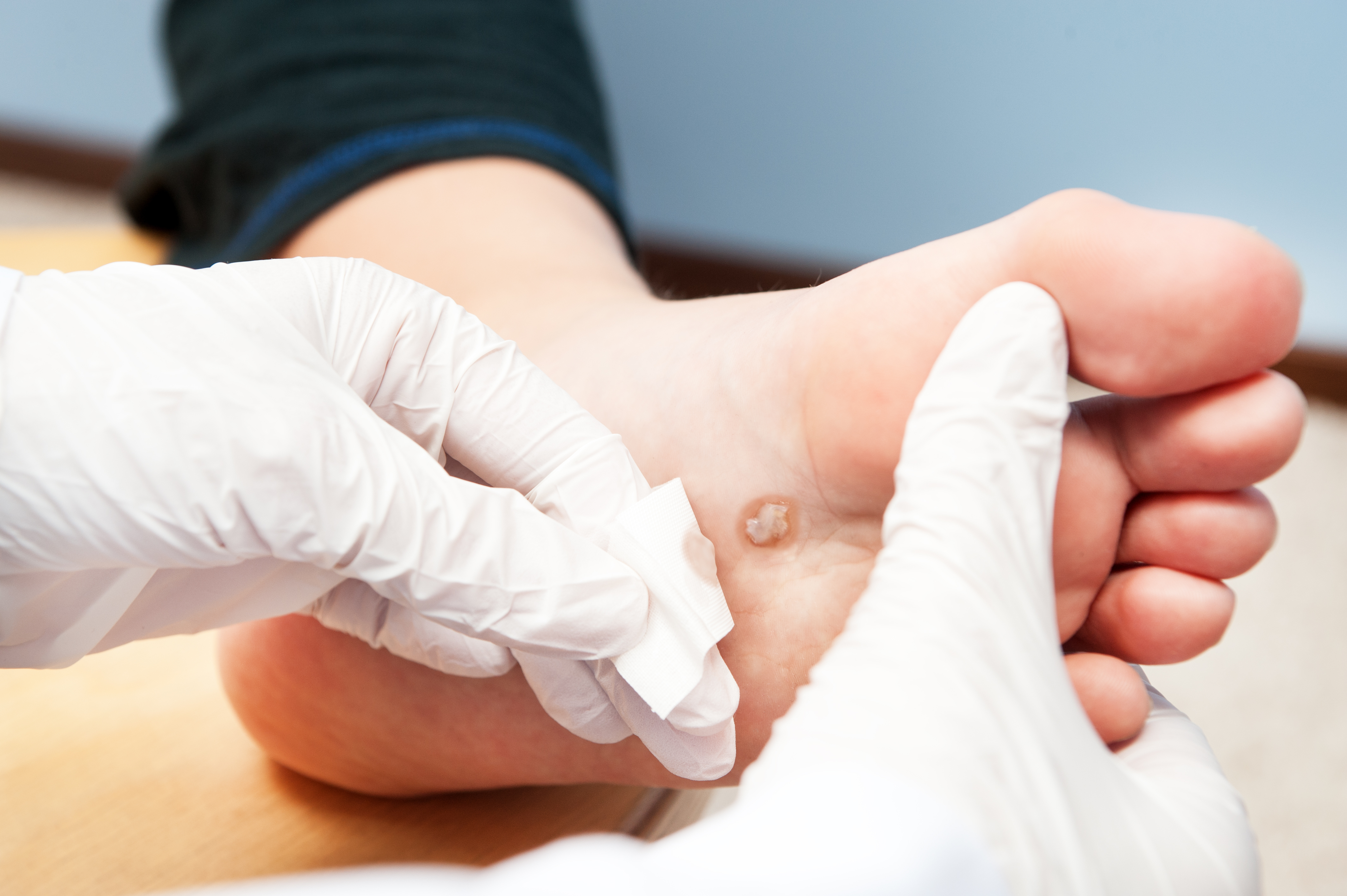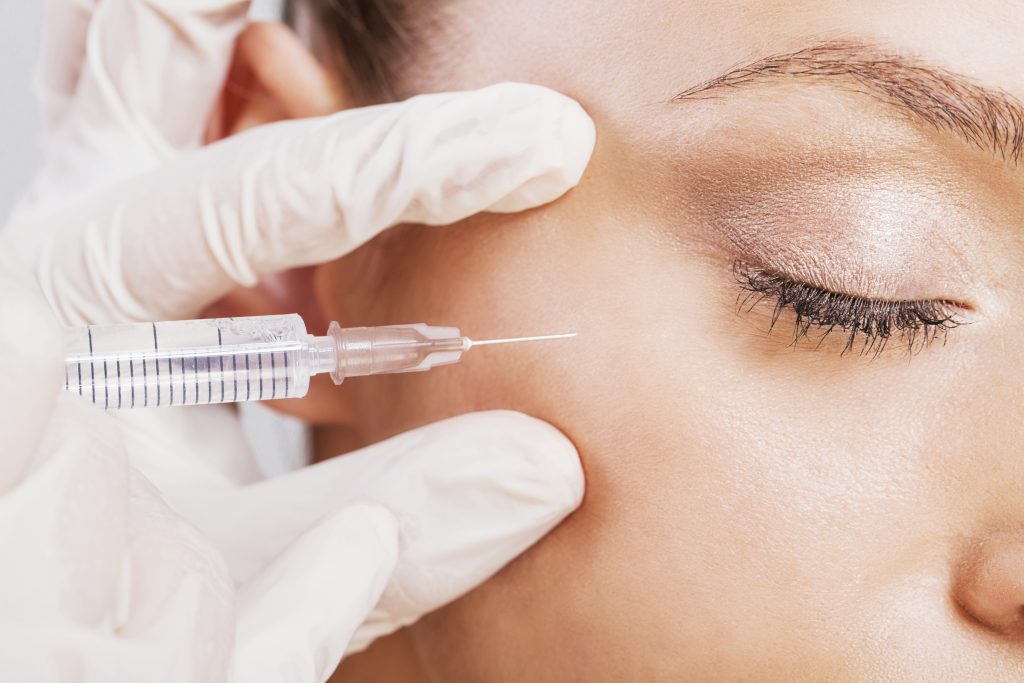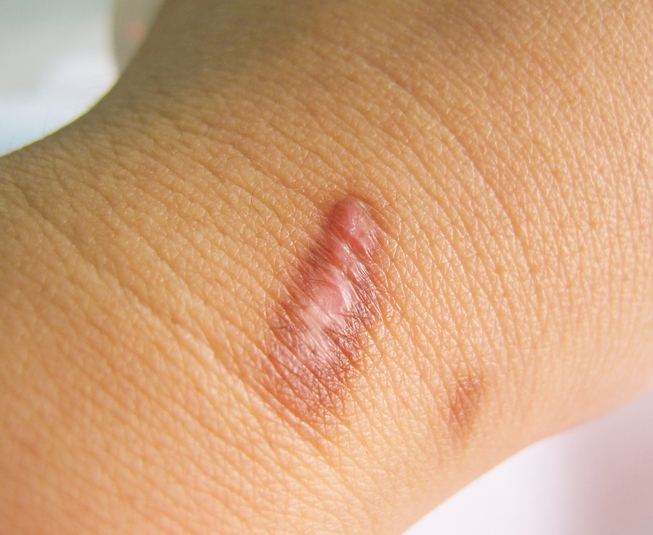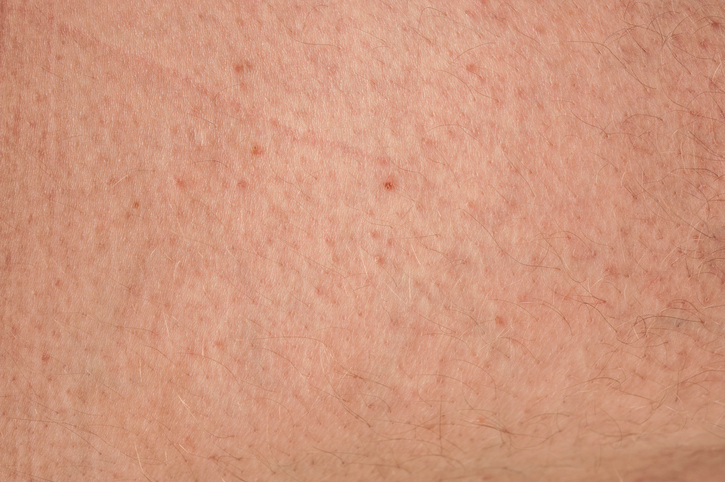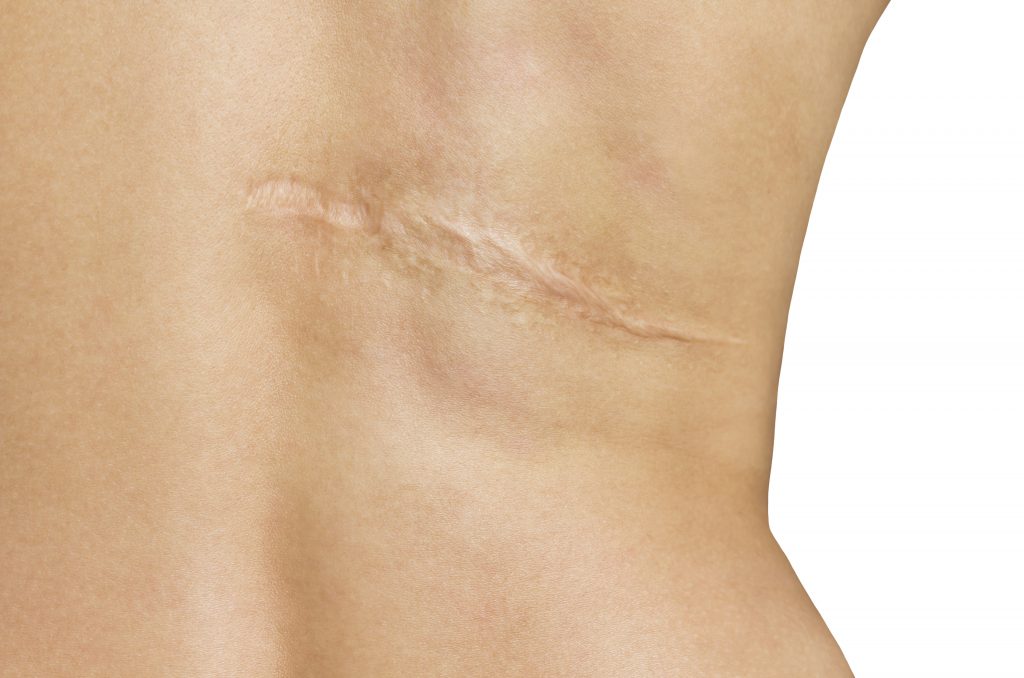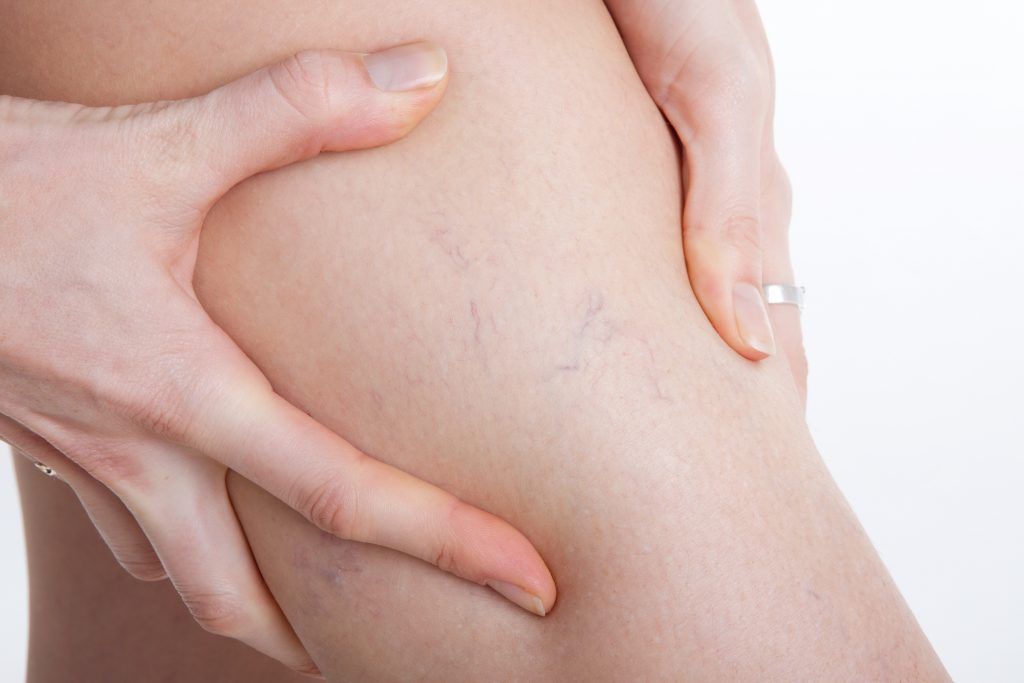Dr. Seena Monjazeb was born and raised in Clear Lake, Texas. He attended The University of Texas at Austin where he earned his bachelor’s degree with Honors. He then attended the University of Texas Medical Branch (UTMB) in Galveston, where he earned his medical degree. During his time in medical school, he was inducted into the prestigious Alpha Omega Alpha Honor Society as well as the Gold Humanism Honor Society for his dedication to serve others. He was also awarded the Thomas W. Freese Memorial Award for Excellence in Dermatology which reflected his passion for dermatology.
After medical school, Dr. Monjazeb remained at UTMB for his internship and dermatology residency, where he was selected as a Chief Resident in his final year of residency. He has authored numerous publications and presented his work at both local and national conferences.
Dr. Monjazeb, his wife, and daughters live in the Clear Lake area and look forward to serving the same community they grew up in. In his free time, he enjoys spending time with his family, fishing, watching football, going on bike rides, and traveling.
Dr. Monjazeb treats patients at our Houston Clear Lake, Texas office.
Additional Languages
-
Farsi
Specialties and Affiliations
- Alpha Omega Alpha Honor Society
- Gold Humanism Honor Society
Featured Articles
Featured Blogs
- Why You Should Consider Visiting an African American Dermatologist
- Are There Eczema Irritants in Your Home?
- Scalp Psoriasis vs. Dandruff: How to Tell the Difference
- The Effects of Alcohol on Skin
- Back to School Solutions for Acne-Prone Skin
- U.S. Dermatology Partners Welcomes Seena Monjazeb, MD, to Clear Lake, Texas


